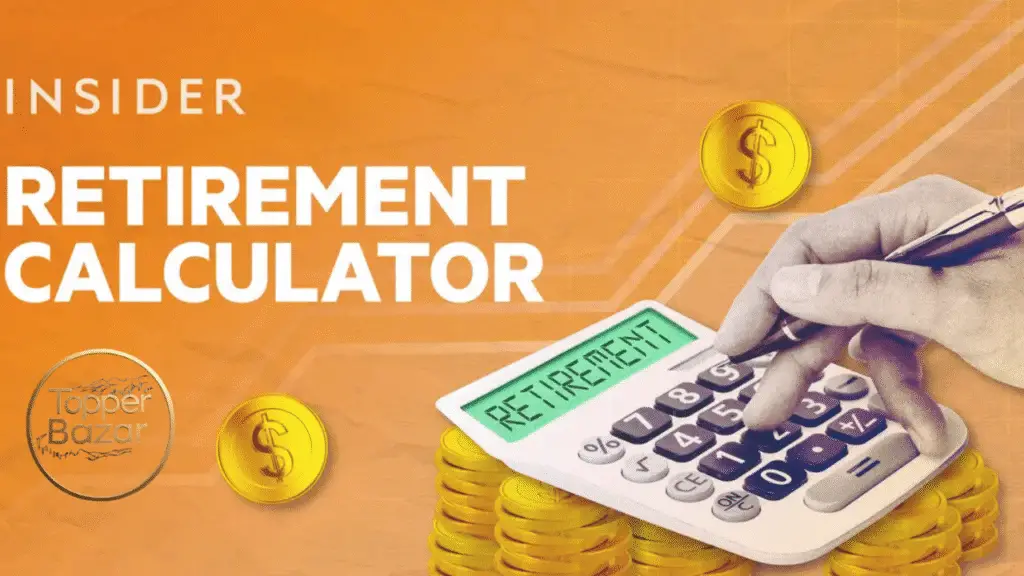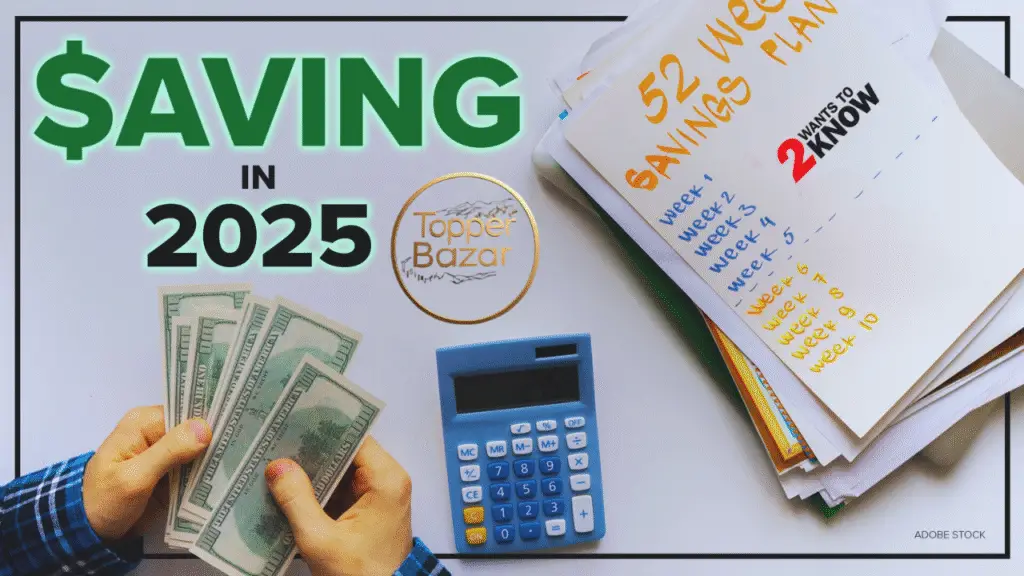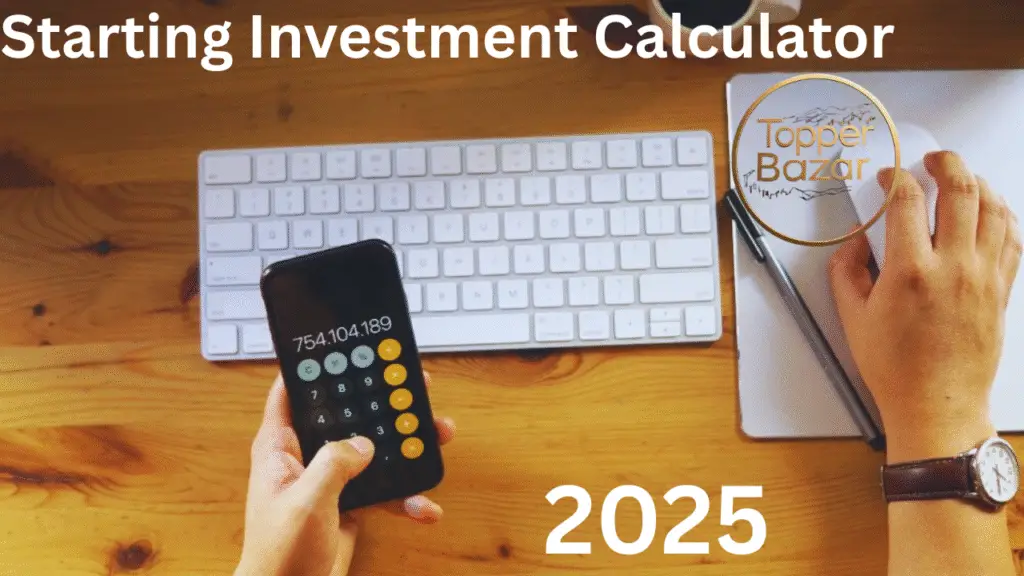ETFs Calculator
An ETFs Calculator is a powerful tool for anyone looking to grow their wealth through personal finance and investing in Exchange-Traded Funds (ETFs). ETFs offer a low-cost, diversified way to invest in stocks, bonds, or other assets, and a calculator helps you estimate how your investments can grow over time. By inputting simple details like your starting amount and expected returns, you can plan effectively for goals like retirement or a home purchase. This article explains how an ETFs calculator works, its benefits, and practical steps to use it, empowering you to make smart investment decisions.
What is an ETFs Calculator?
An ETFs Calculator is an online tool that estimates the future value of your ETF investments based on factors like initial investment, regular contributions, time horizon, and expected returns. Found on financial websites like Bankrate, Vanguard, or apps like InvestEngine, it uses compound interest to project growth, helping you align your ETF investments with financial goals. For example, it can show how £1,000 in an S&P 500 ETF might grow to £2,000 in 10 years, guiding your savings plan.

How an ETFs Calculator Works
An ETFs calculator uses the compound interest formula to estimate growth:
A = P(1 + r/n)^(nt) + PMT × (((1 + r/n)^(nt) - 1) / (r/n))
Where:
- A = future value
- P = initial investment
- r = annual return rate
- n = number of times interest compounds per year
- t = years
- PMT = regular contributions (e.g., monthly)
Key Inputs
- Initial Investment: Amount you start with (e.g., £500).
- Monthly Contributions: Regular additions (e.g., £50/month).
- Time Horizon: Years of investment (e.g., 10 or 20 years).
- Expected Return: Historical ETF returns, like 6–8% for equity ETFs or 3–4% for bond ETFs.
- Fees: Expense ratios (e.g., 0.1%) or platform fees, which reduce returns.
Example
Investing £1,000 in an ETF with a 7% annual return, adding £50 monthly for 10 years, compounded monthly, yields about £2,800, per calculators like Omni Calculator. Adjusting for a 0.2% fee refines the estimate to £2,700.
Benefits of an ETFs Calculator
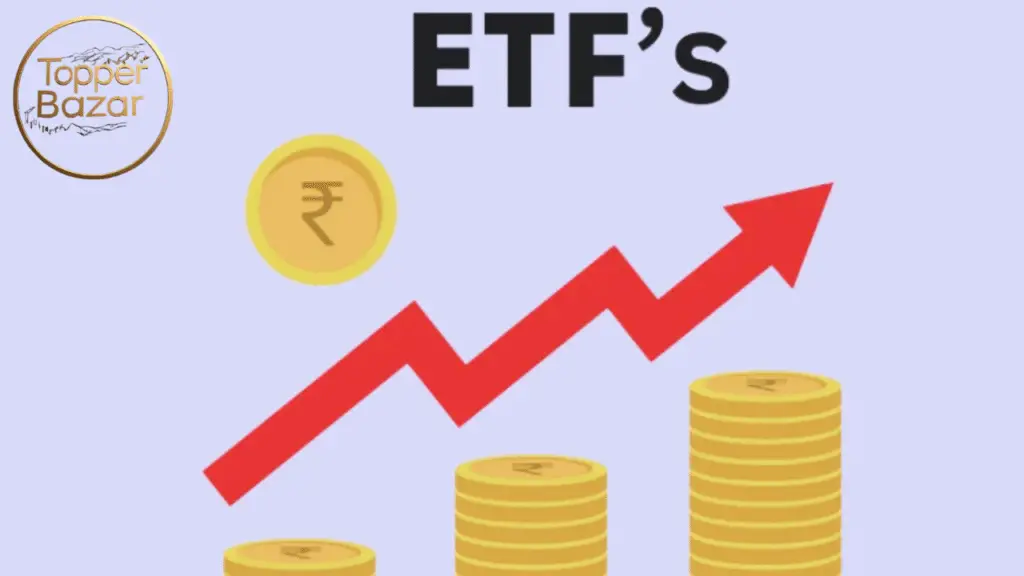
- Goal Planning: Shows how much you need to invest to reach goals, like £20,000 for a home deposit in 5 years.
- Growth Clarity: Visualizes compounding, e.g., £100 monthly at 6% growing to £16,400 in 10 years.
- Budget Alignment: Helps find affordable contributions, like £25 monthly, using tools like a grocery bill calculator to free up cash.
- Risk Assessment: Test low-risk (bond ETFs) vs. high-risk (tech ETFs) scenarios to match your comfort level.
- Motivation: Seeing potential returns encourages consistent investing, crucial for long-term wealth.
Drawbacks to Consider
- Estimates Only: Returns aren’t guaranteed; markets can dip, as seen in 2022’s 19% S&P 500 drop.
- Fee Oversight: Some calculators exclude platform or trading fees, skewing results.
- Inflation: Not all tools adjust for inflation, which reduces purchasing power.
- Input Accuracy: Overestimating returns (e.g., 10% vs. 7%) or underestimating fees can mislead.
Steps to Use an ETFs Calculator Effectively
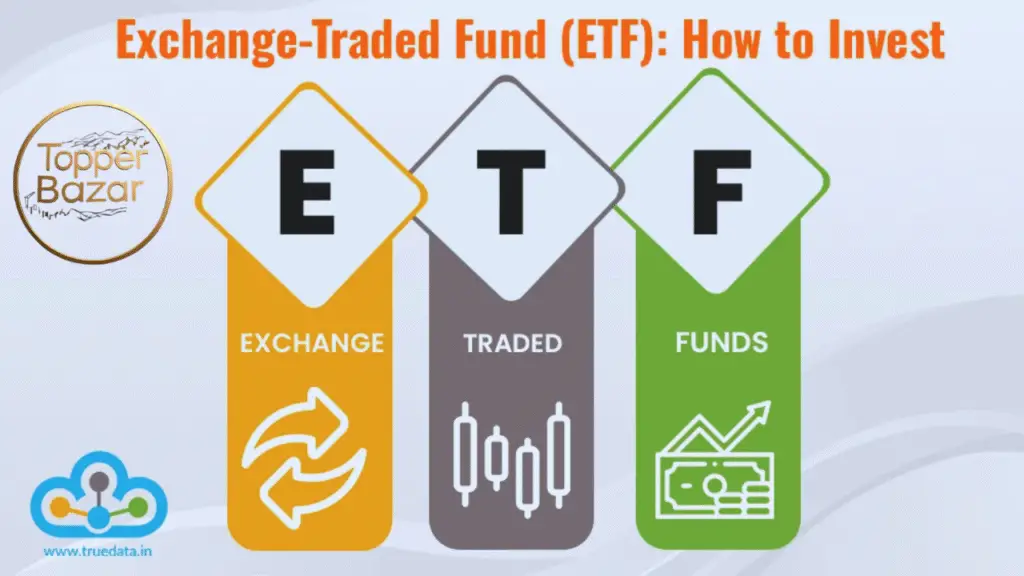
- Choose a Trusted Tool: Use calculators from Bankrate, InvestEngine, or Vanguard. Avoid tools asking for sensitive data.
- Gather Data: Know your budget, goal (e.g., retirement), and timeline. Check past spending to find £50–£100 monthly.
- Enter Realistic Inputs: Use conservative returns (6–8% for equity ETFs, 3–4% for bonds) and include fees (0.1–0.5%).
- Test Scenarios: Try different contributions (£50 vs. £100) or timelines (10 vs. 20 years) to find the best plan.
- Check Fees: Include expense ratios (e.g., 0.07% for iShares IWDA) and platform fees (e.g., 0.25% on InvestEngine).
- Update Regularly: Re-run the calculator yearly or after life changes (e.g., a raise) to stay on track.
How to Start Investing in ETFs
- Set Goals: Define your purpose—retirement, education, or passive income—and timeline.
- Open an Account: Use UK apps like Trading 212 (commission-free) or InvestEngine (ETF-focused) with ISAs for tax-free gains up to £20,000 yearly.
- Choose ETFs: Start with broad-market ETFs like Vanguard FTSE All-World (VWRL) for diversification. Research via ETF.com.
- Start Small: Invest £10–£100 monthly via fractional shares on Freetrade or eToro.
- Automate: Set up regular contributions to benefit from pound-cost averaging, reducing market timing risks.
- Diversify: Mix equity (e.g., VOO), bond (e.g., AGG), or thematic ETFs (e.g., clean energy) to balance risk.
Tips for Success with ETFs
- Focus on Low Fees: Choose ETFs with expense ratios under 0.2%, like iShares Core MSCI World (IWDA).
- Reinvest Dividends: Compounding dividends boosts returns, e.g., £1,000 at 3% yield adds £340 in 10 years.
- Stay Long-Term: Hold ETFs for 5+ years to weather volatility, as markets historically recover.
- Use Apps: Platforms like InvestEngine offer ETF calculators and managed portfolios for ease.
- Learn More: Read The Simple Path to Wealth or follow Investopedia for ETF strategies.
ETFs Calculator and Personal Finance
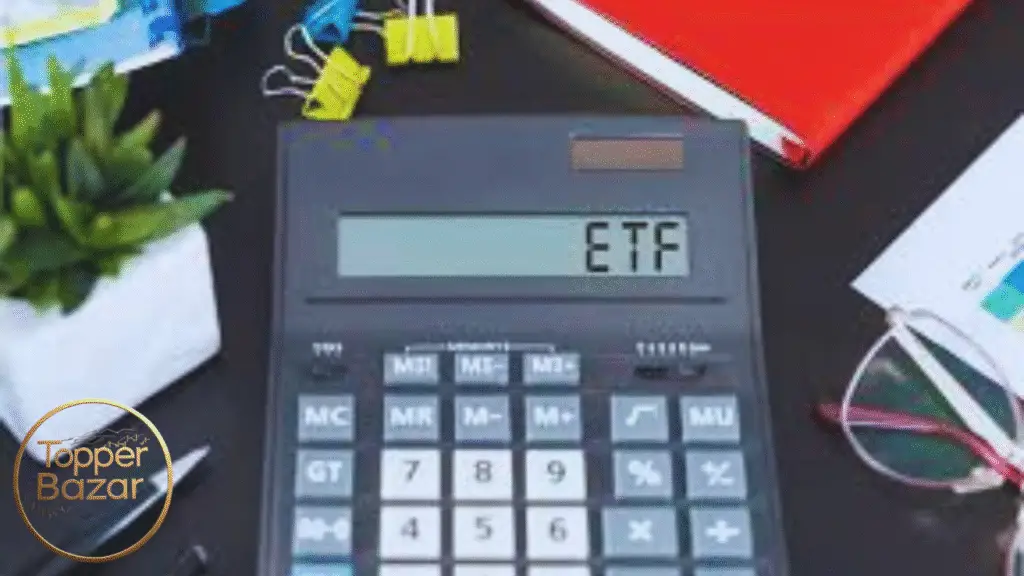
An ETFs Calculator aligns with personal finance by simplifying investment planning. Saving £50 monthly from a reduced grocery bill and investing in an ETF at 7% could yield £17,000 in 20 years, funding retirement or a child’s education. It encourages disciplined saving, mirroring investing principles for long-term growth.
Conclusion

An ETFs Calculator is a must-have for UK investors aiming to master personal finance and investing. It clarifies how ETFs work, projects growth, and aligns investments with goals. Start with a trusted calculator, choose low-cost ETFs like VWRL, and invest consistently via apps like Trading 212. With discipline and a long-term view, you can turn small investments into significant wealth, securing your financial future.

